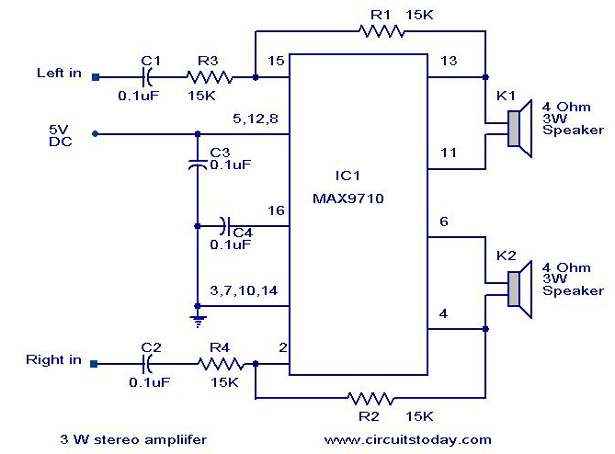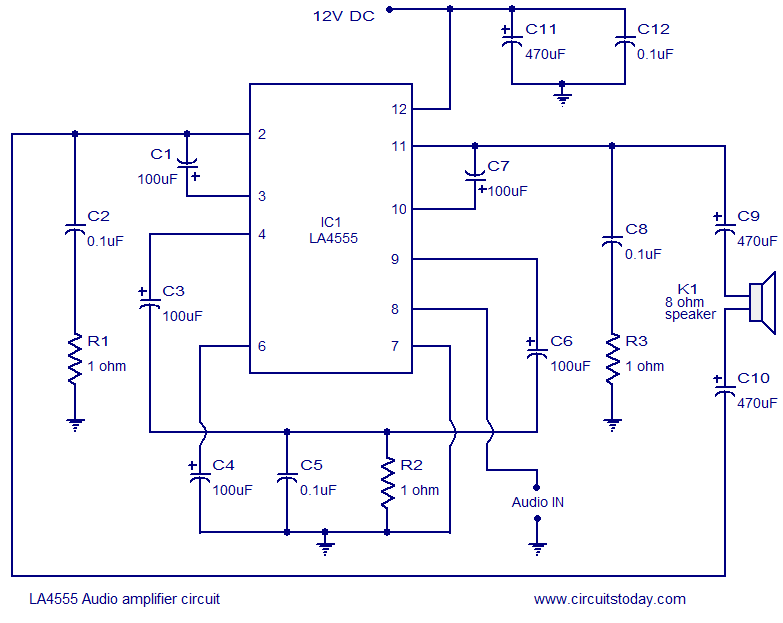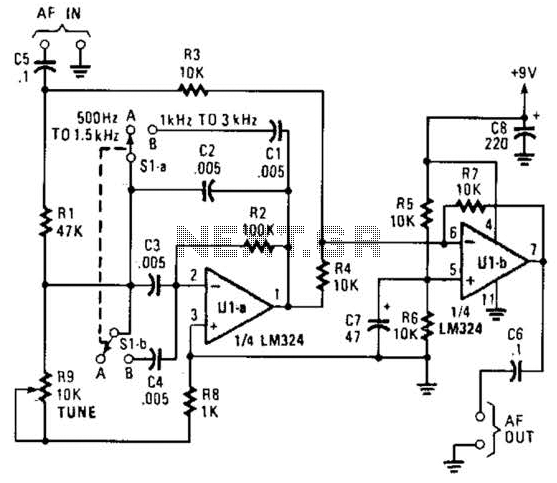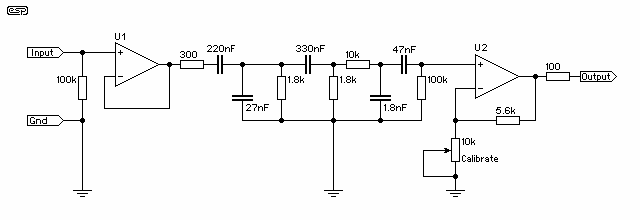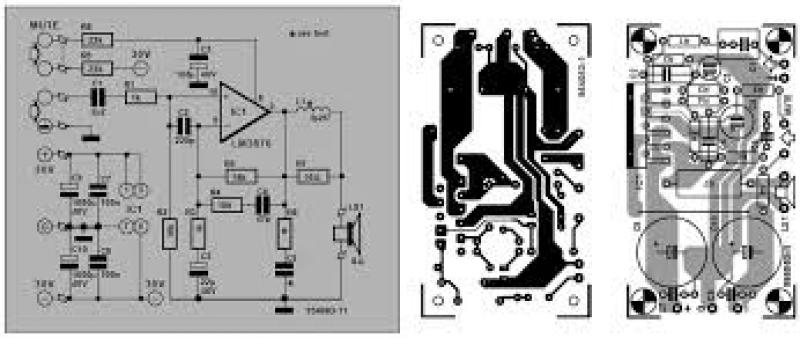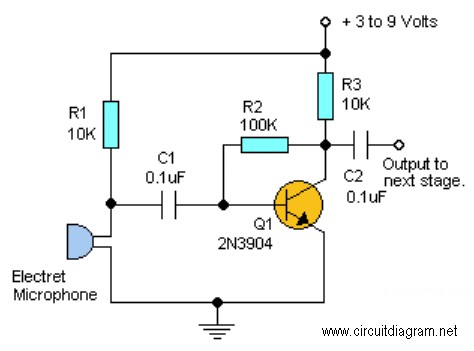
SPDIF audio DAC with CS8416 and TDA1543
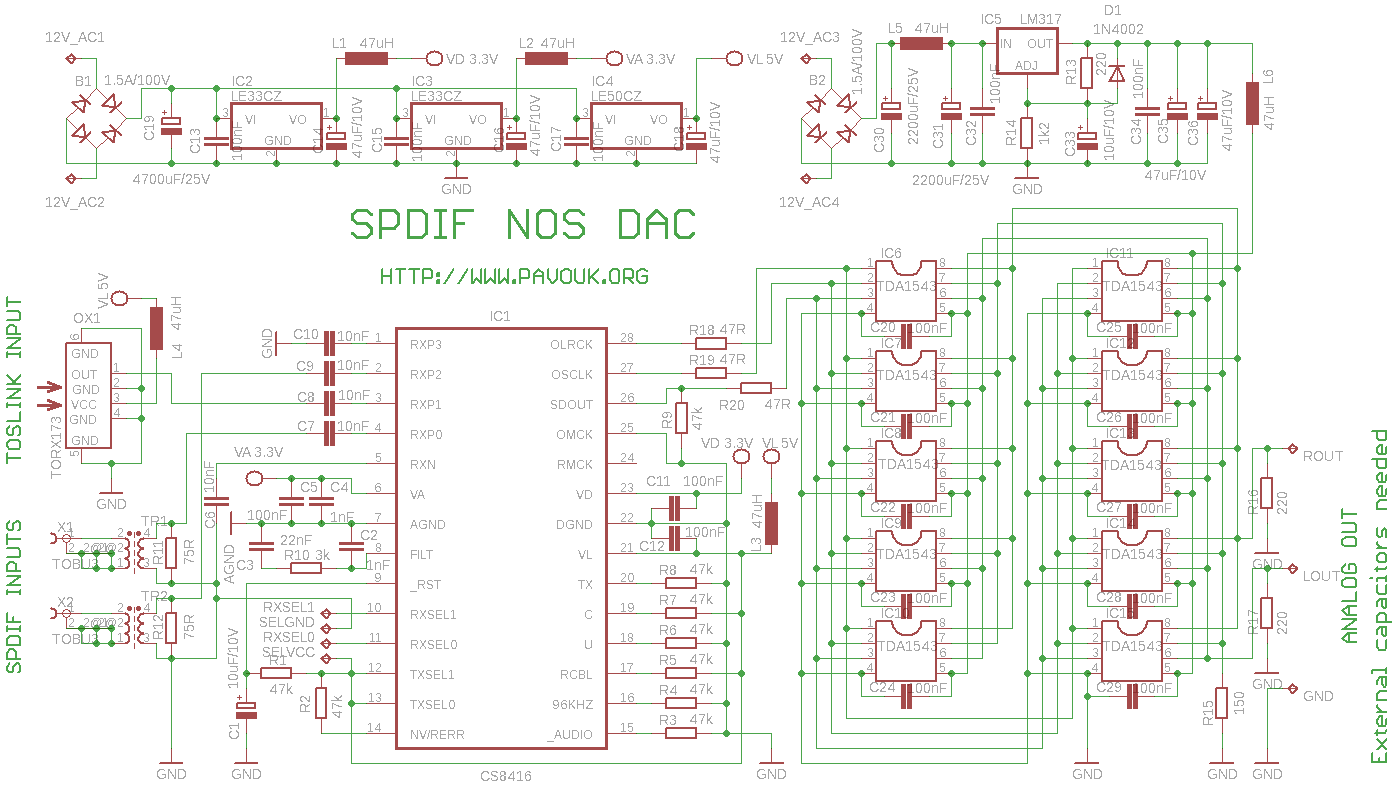
This circuit is an experiment designed to build a high-quality digital-to-analog converter (DAC) with optical input (TOSLINK), electrical input (S/PDIF), and USB input. Both electrical inputs are galvanically isolated from the DAC. The circuit is intended as part of a preamplifier/headphone amplifier that accommodates both analog and digital inputs. A DAC without oversampling has been selected, which is reputed to provide superior sound quality. The optical input is directly connected to the optical receiver TORX173, which outputs a TTL-level S/PDIF signal. The electrical input is connected through a pulse transformer with a 1:1 ratio; the recommended transformer is the LL1572 from Lundahl. The S/PDIF input from the USB receiver PCM2902 is also connected through the LL1572 pulse transformer. The S/PDIF decoder and DAC are powered by separate windings from the transformer. The power supply for the CS8416 employs three low-dropout regulators: one LE33CZ for the digital section, another for the analog section, and a third LE50CZ for the logic inputs/outputs and optical receiver. The voltages are filtered using tantalum capacitors and passed through filter inductors. Ceramic capacitors are placed near the chips for decoupling. The DAC has a dedicated power supply regulated by an LM317 to provide an 8V output, requiring a small aluminum heatsink for cooling. Each parallel-connected DAC has its own decoupling capacitor. The CS8416 can operate in hardware or software mode; in hardware mode, it does not require a processor and has a limited feature set adjustable via pull-up/pull-down resistors, which are read in the reset state. A simple reset circuit with capacitor C1 and resistor R1 ensures that after powering up, the reset state is logical 0 for a brief period before transitioning to logical 1 as the capacitor charges. The circuit has 8 AES3/SPDIF signal inputs and an internal multiplexer. In hardware mode, 4 inputs can be switched using RXSEL0 and RXSEL1 pins connected to VCC and GND. The CS8416 features an internal PLL requiring a few external components (C2, C3, and R10) whose values are specified in the datasheet and are located near the circuit casing. The signal from the multiplexer feeds into the PLL, synchronizing the main clock to this signal. The circuit supports sample frequencies from 32 kHz to 192 kHz, but in this case, it is limited by the capabilities of the TDA1543 DAC. The decoded signal is output in I2S format, compatible with the DAC. The TDA1543 is a dual 16-bit DAC that operates on a single power supply voltage and accepts I2S input. It is an older design that functions without oversampling, featuring only 8 pins and being cost-effective. Many online schematics show multiple DACs connected in parallel to enhance output bit precision. In this design, 10 DACs are connected in parallel, requiring adjustments to the values of resistors R15, R16, and R17. The DAC outputs are current outputs; R16 and R17 serve as simple converters to voltage output. Outputs must be connected through series capacitors, with high-quality foil capacitors rated at 10uF/100V used. It has been noted that the best sound output is achieved with a power supply voltage of 8V. Each TDA1543 consumes approximately 50mA at this voltage, leading to a total current consumption of about 0.5A for 10 DACs, generating heat. The circuit board is designed to accommodate a small heatsink. Initially, all necessary holes were drilled. The CS8416 circuit was soldered in place first, as it requires ample space for mounting. Corner pins were soldered initially, followed by a visual inspection and soldering of the remaining pins. Pins were not alloyed. An alternative method involves applying solder to all pins on one side, but the current approach is more effective for smaller TSSOP packages. The assembly process continued with soldering smaller components onto larger ones. SMD resistors and capacitors were positioned with a fingernail and secured with solder on one side before soldering the opposite side. This technique is well-established, though others may use different methods. After placing all SMD components and making one wire connection, traditional components were installed.
The circuit design emphasizes high-quality audio performance through careful selection of components and isolation techniques. The galvanic separation of electrical inputs ensures minimal noise interference, which is critical for high-fidelity audio applications. The use of pulse transformers for signal isolation not only maintains signal integrity but also provides the necessary impedance matching for the DAC inputs. The choice of the TDA1543 DAC, known for its simplicity and effectiveness, allows for a cost-effective solution that does not compromise sound quality.
The power supply design is crucial, with multiple low-dropout regulators ensuring stable voltage levels for various sections of the circuit. The implementation of tantalum capacitors for voltage filtering enhances the overall performance by providing low equivalent series resistance (ESR), which is beneficial for audio applications. The inclusion of decoupling capacitors close to the chips minimizes voltage fluctuations and noise, further improving the reliability of the circuit.
The hardware and software modes of the CS8416 provide flexibility in operation, allowing for either simple hardware-based solutions or more complex software-driven applications. The internal PLL and external components work together to maintain synchronization across the system, ensuring that audio signals are processed accurately.
The parallel connection of multiple DACs is a strategic choice to enhance audio output precision, with careful adjustments to resistors to balance the load and improve overall performance. The heat management considerations, including the use of a heatsink, demonstrate an understanding of thermal dynamics in electronic circuit design, ensuring long-term reliability and performance under load.
Overall, this circuit represents a well-thought-out approach to building a high-quality DAC system, integrating modern components and techniques to achieve superior audio performance.This circuit is next experiment to build high quality DAC with optical input TOSLINK, electrical input S/PDIF and USB input. Both electrical inputs are galvanic separated from DAC. This circuit was thought like part of preamplifier / headphone amplifier with analog and digital inputs.
I choose DAC without oversampling, which has reportedly most de voted sound. Optical input is connected directly to optical receiver TORX173 which has TTL output of SPDIF signal. Electrical input is connected through pulse transformer with ratio 1:1. Recommended is pulse transformer LL1572 of Lundahl company. Next S/PDIF input from USB receiver with PCM2902 is connected also through LL1572 pulse transformer. Feeding of S/PDIF decoder and DAC uses separated windings of transformer. Power supply for CS8416 use three low-drop stabilisers. One LE33CZ for feeding of digital part, second for analog part and one LE50CZ for logical inputs/outputs and optical receiver.
Voltages are filtered by tantal capacitors and goes through filter inductors. Near chips are blocked with ceramic capacitors. DAC has separated feeding to stabiliser LM317 adjusted to 8V output. It`s necessary to cool stabiliser with small piece of aluminium cooler. Every one of parallel connected DACs has his own decoupling capacitor. Circuit CS8416 can work in hardware or software mode. In hardware mode doesn`t need processor driving and he has limited number of features which are adjusted with pull-up/pull-down resistors. They are readed in the reset state. Simple reset circuit with C1/R1 causes that after powering up will be on reset logical 0 for some time and next go to logical 1 after charging capacitor.
Circuit has 8 AES3/SPDIF signal inputs and internal multiplexor. In hardware mode we can switch 4 inputs with RXSEL0 and RXSEL1 pins which goes together with VCC and GND on connector. Circuit CS8416 has internal PLL which needs few external components C2, C3 and R10. Component values are from datasheet and thez are located near circuit casing. Signal from multiplexor goes to the PLL. Main clock will be synchronized to this signal. Circuit can work with sample frequency 32kHz-192kHz. In our case we are limited by capabilities of TDA1543 DAC. Decoded signal goes to the output in I2S format, which is suitable for our DAC. TDA1543 is dual 16-bit DAC with one power supply voltage and I2S input. It is relatively old circuit which can work without oversampling. He has only 8 pins and is cheap. On the internet exists many schematics where are connected more pieces of DAC in parallel which improve bit precision of output.
I use 10 pieces for parallel connection and change values of R15, R16 a R17. DAC has current outputs and R16 and R17 are simple convertors to voltage output. Outputs MUST be connected through serial connected capacitors. I use high quality foil capacitors 10uF/100V. On the internet I read, that best sound output is with power supply voltage 8V. One piece of TDA1543 has consumption about 50mA with this voltage, that with 10 pieces will be total current consuption about 0. 5A and circuits will be heat. Circuit board is ready for mounting of small cooler. First I drilled all needed holes. Next I solder CS8416 circuit, because I need a much of space around circuit for simple mounting. I soldered two corner pins and after visual check I soldered next pins. Pins was not alloy. You can too go with soldering iron and tin over all pins on one side, but this method is better with smaller parts in TSSOP package.
Next I continued with soldering of smaller parts to bigger parts. SMD resistors and capacitors I first fix on the right position with my finger-nail and a little solder on one side. Next I solder second side of part and finally solder first side. It is my well-established technique, but other people uses other methods. After placing of all SMD parts and one wire connection we can settle classic parts. On the end we 🔗 External reference
The circuit design emphasizes high-quality audio performance through careful selection of components and isolation techniques. The galvanic separation of electrical inputs ensures minimal noise interference, which is critical for high-fidelity audio applications. The use of pulse transformers for signal isolation not only maintains signal integrity but also provides the necessary impedance matching for the DAC inputs. The choice of the TDA1543 DAC, known for its simplicity and effectiveness, allows for a cost-effective solution that does not compromise sound quality.
The power supply design is crucial, with multiple low-dropout regulators ensuring stable voltage levels for various sections of the circuit. The implementation of tantalum capacitors for voltage filtering enhances the overall performance by providing low equivalent series resistance (ESR), which is beneficial for audio applications. The inclusion of decoupling capacitors close to the chips minimizes voltage fluctuations and noise, further improving the reliability of the circuit.
The hardware and software modes of the CS8416 provide flexibility in operation, allowing for either simple hardware-based solutions or more complex software-driven applications. The internal PLL and external components work together to maintain synchronization across the system, ensuring that audio signals are processed accurately.
The parallel connection of multiple DACs is a strategic choice to enhance audio output precision, with careful adjustments to resistors to balance the load and improve overall performance. The heat management considerations, including the use of a heatsink, demonstrate an understanding of thermal dynamics in electronic circuit design, ensuring long-term reliability and performance under load.
Overall, this circuit represents a well-thought-out approach to building a high-quality DAC system, integrating modern components and techniques to achieve superior audio performance.This circuit is next experiment to build high quality DAC with optical input TOSLINK, electrical input S/PDIF and USB input. Both electrical inputs are galvanic separated from DAC. This circuit was thought like part of preamplifier / headphone amplifier with analog and digital inputs.
I choose DAC without oversampling, which has reportedly most de voted sound. Optical input is connected directly to optical receiver TORX173 which has TTL output of SPDIF signal. Electrical input is connected through pulse transformer with ratio 1:1. Recommended is pulse transformer LL1572 of Lundahl company. Next S/PDIF input from USB receiver with PCM2902 is connected also through LL1572 pulse transformer. Feeding of S/PDIF decoder and DAC uses separated windings of transformer. Power supply for CS8416 use three low-drop stabilisers. One LE33CZ for feeding of digital part, second for analog part and one LE50CZ for logical inputs/outputs and optical receiver.
Voltages are filtered by tantal capacitors and goes through filter inductors. Near chips are blocked with ceramic capacitors. DAC has separated feeding to stabiliser LM317 adjusted to 8V output. It`s necessary to cool stabiliser with small piece of aluminium cooler. Every one of parallel connected DACs has his own decoupling capacitor. Circuit CS8416 can work in hardware or software mode. In hardware mode doesn`t need processor driving and he has limited number of features which are adjusted with pull-up/pull-down resistors. They are readed in the reset state. Simple reset circuit with C1/R1 causes that after powering up will be on reset logical 0 for some time and next go to logical 1 after charging capacitor.
Circuit has 8 AES3/SPDIF signal inputs and internal multiplexor. In hardware mode we can switch 4 inputs with RXSEL0 and RXSEL1 pins which goes together with VCC and GND on connector. Circuit CS8416 has internal PLL which needs few external components C2, C3 and R10. Component values are from datasheet and thez are located near circuit casing. Signal from multiplexor goes to the PLL. Main clock will be synchronized to this signal. Circuit can work with sample frequency 32kHz-192kHz. In our case we are limited by capabilities of TDA1543 DAC. Decoded signal goes to the output in I2S format, which is suitable for our DAC. TDA1543 is dual 16-bit DAC with one power supply voltage and I2S input. It is relatively old circuit which can work without oversampling. He has only 8 pins and is cheap. On the internet exists many schematics where are connected more pieces of DAC in parallel which improve bit precision of output.
I use 10 pieces for parallel connection and change values of R15, R16 a R17. DAC has current outputs and R16 and R17 are simple convertors to voltage output. Outputs MUST be connected through serial connected capacitors. I use high quality foil capacitors 10uF/100V. On the internet I read, that best sound output is with power supply voltage 8V. One piece of TDA1543 has consumption about 50mA with this voltage, that with 10 pieces will be total current consuption about 0. 5A and circuits will be heat. Circuit board is ready for mounting of small cooler. First I drilled all needed holes. Next I solder CS8416 circuit, because I need a much of space around circuit for simple mounting. I soldered two corner pins and after visual check I soldered next pins. Pins was not alloy. You can too go with soldering iron and tin over all pins on one side, but this method is better with smaller parts in TSSOP package.
Next I continued with soldering of smaller parts to bigger parts. SMD resistors and capacitors I first fix on the right position with my finger-nail and a little solder on one side. Next I solder second side of part and finally solder first side. It is my well-established technique, but other people uses other methods. After placing of all SMD parts and one wire connection we can settle classic parts. On the end we 🔗 External reference
